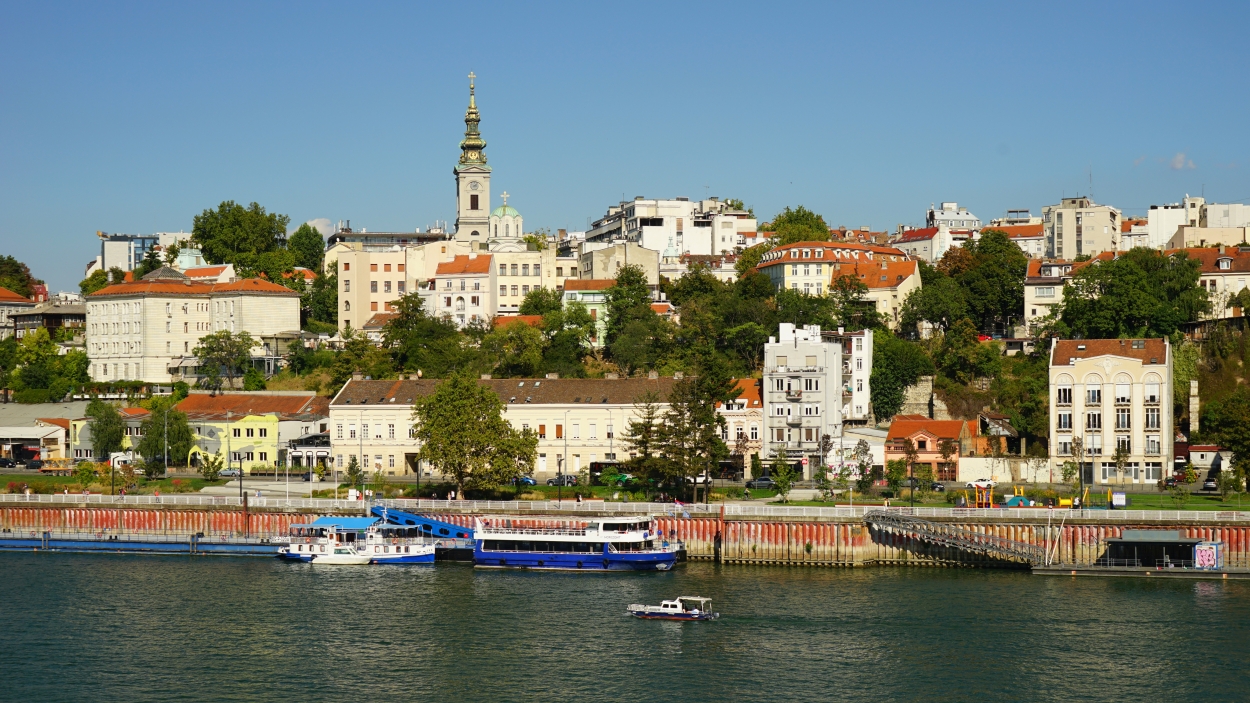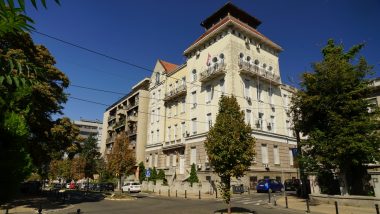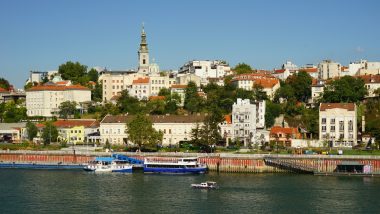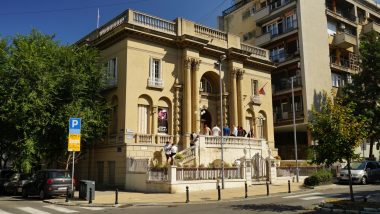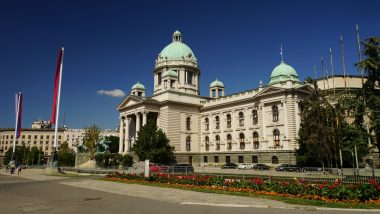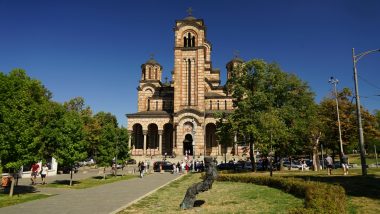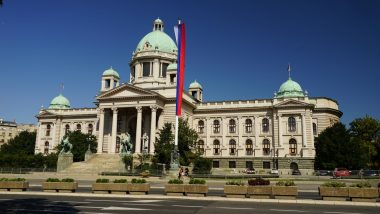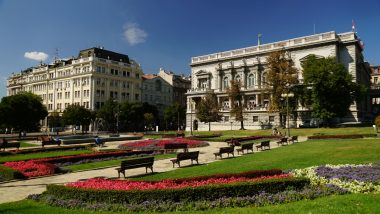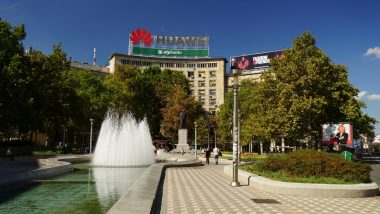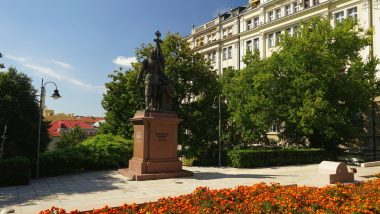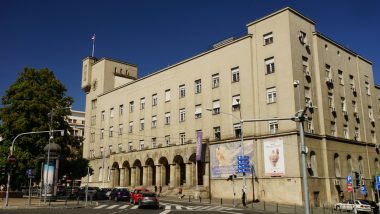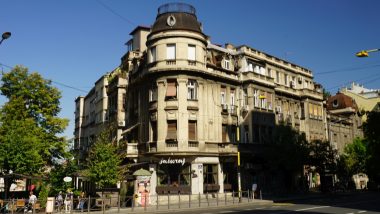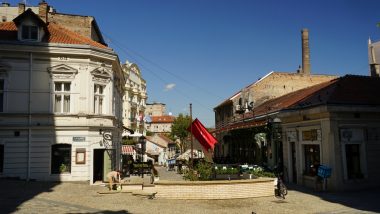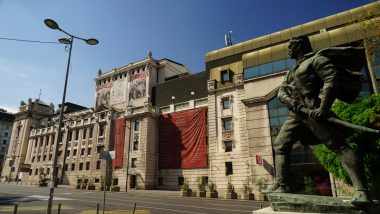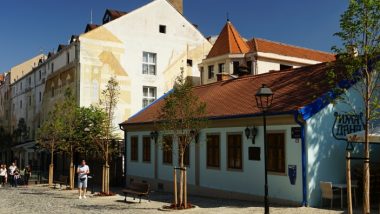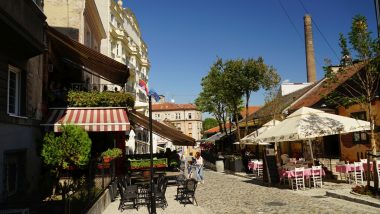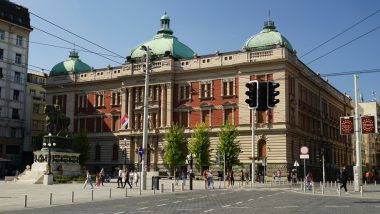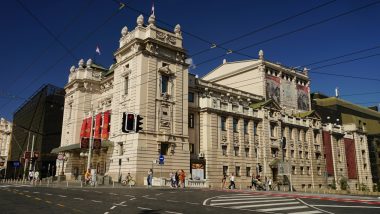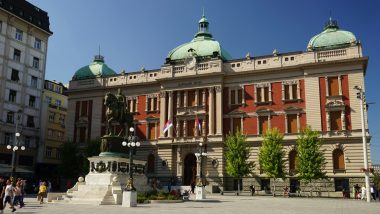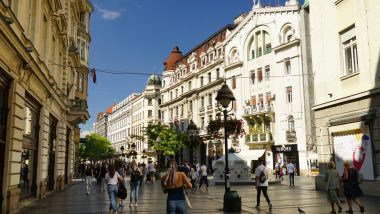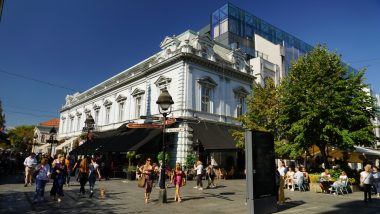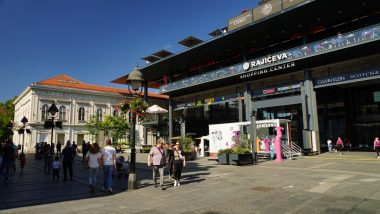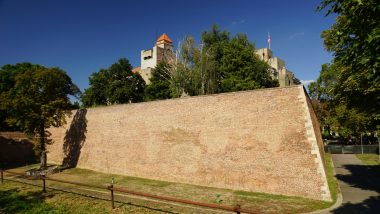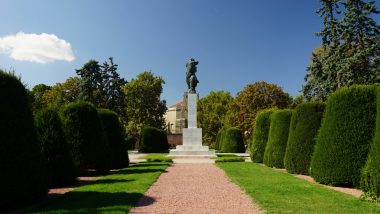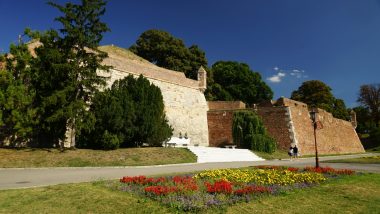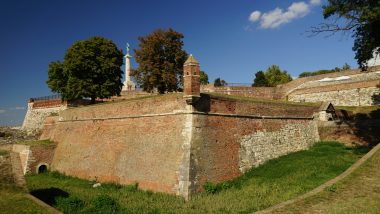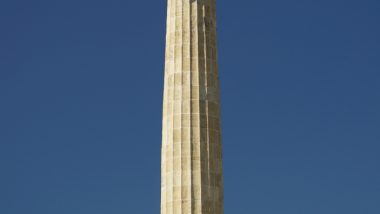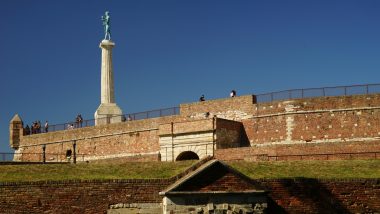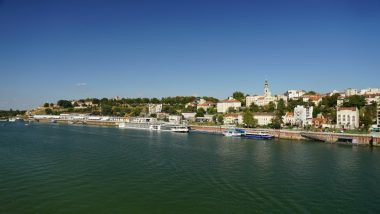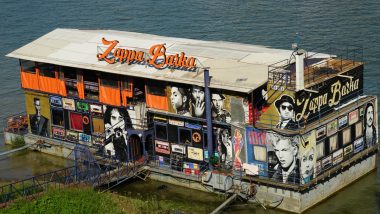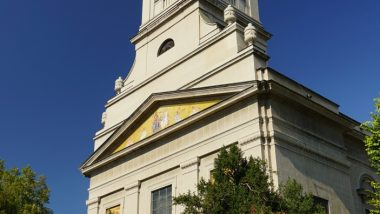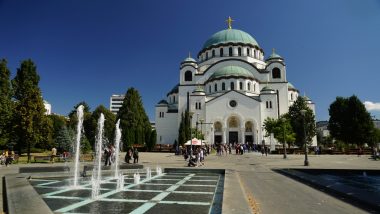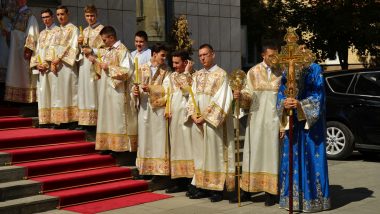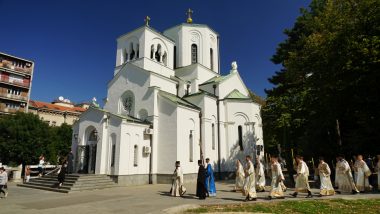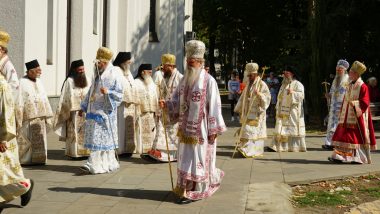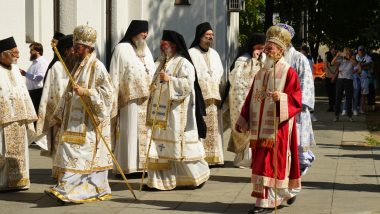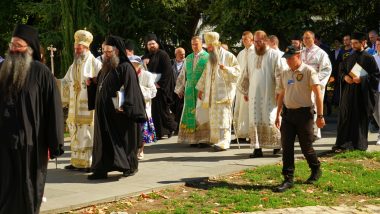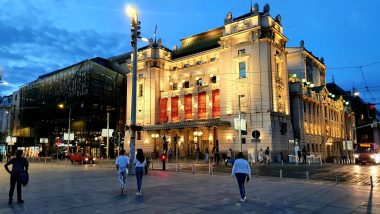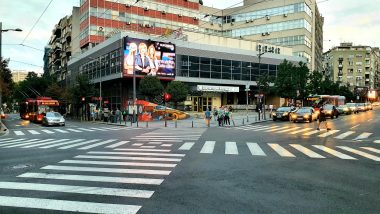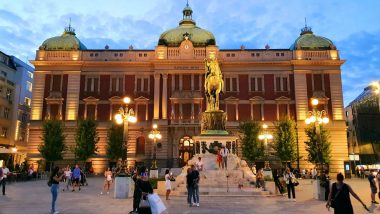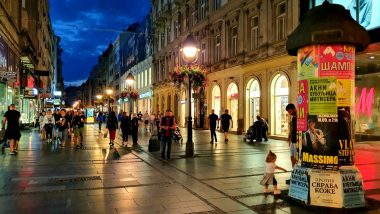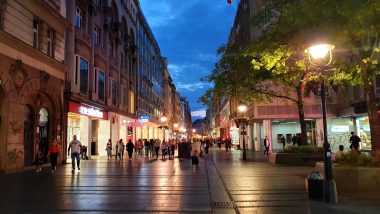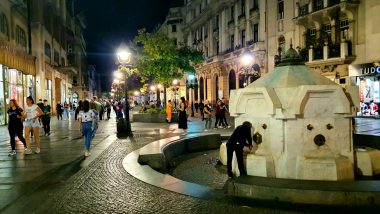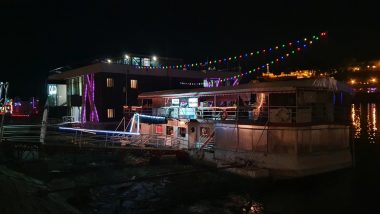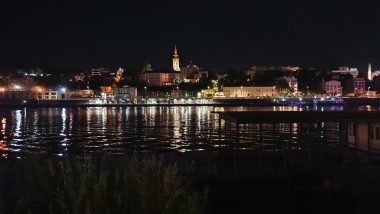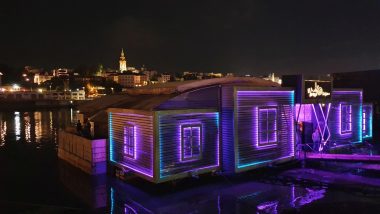We have crossed borders to Serbia like a Speedy Gonzales, we made it through both immigration and customs controls within 10 minutes. After the border, we stopped at Vršac to buy the diesel (162,90 RSD / liter), Telenor sim cards (500 RSD / 10 GB / 15 days), and some food.
Later, in the evening we arrived in the Belgrade, capital of Serbia. It lies at the confluence of the Danube and Sava rivers in the north-central part of the country. The “White City” is located at the convergence of three historically important routes of travel between Europe and the Balkans: an east-west route along the Danube River valley from Vienna to the Black Sea; another that runs westward along the valley of the Sava River toward Trieste and northern Italy; and a third running southeast along the valleys of the Morava and Vardar rivers to the Aegean Sea. To the north and west of Belgrade lies the Pannonian Basin, which includes the great grain-growing region of Vojvodina. The city grew up around an ancient fortress built by the Celts in the 4th century BC and was known by the Romans as Singidunum. It was destroyed by the Huns in 442 and changed hands among the Sarmatians, Goths, and Gepidae before it was recaptured by the Byzantine emperor Justinian. It was later held by the Franks and the Bulgars, and in the 11th century became a frontier town of Byzantium. In 1284 it came under Serbian rule, and in 1402 Stephen Lazarević made it the capital of Serbia. The Ottoman Turks besieged the city in 1440, and after 1521 it was in their hands except for three periods of occupation by the Austrians (1688–90, 1717–39, and 1789–91). During the Turkish period, Belgrade was a lively commercial center where goods were traded from various parts of the Ottoman Empire. After the first Serbian uprising under Karadjordje in 1804, Belgrade became the Serbian capital during 1807–13, but the Turks recaptured it. The Serbs were given control of the citadel in 1867 when Belgrade once more became the capital of Serbia. From 1921 Belgrade was the capital of the three successive Yugoslav states, including the rump Yugoslavia. The city’s rapid population growth since World War II resulted primarily from the migration from rural areas of Serbia as a consequence of industrialization.
It took us 4 hours to walk from the Temple of Saint Sava, through lively pedestrian boulevards flanked by historical buildings, around grandiose coffee houses and smoky dives pepper Knez Mihailova, all the way up to the ancient Belgrade Fortress. The old fortress of Kalemegdan has been rebuilt as a garden, from which is seen a famous view of the New Belgrade across the Sava and the Danube. Before going to the river, we took dinner to try local specialties (Pljeskavica – 890 RSD, Beef Uštipci – 950 RSD, Serbian salad – 290 RSD, Shopska salad – 320 RSD, Breadbasket – 85 RSD, Cider – 320 RSD, Mineral water – 0,75 l / 250 RSD). The riverside Savamala quarter has gone from ruin to resurrection and is the city’s creative headquarters (for now). On the other bank are anchored boats rebuilt as discos and nightclubs, we liked it most in “more local” Šlep (entrance 200 RSD, draught beer in cup 300 RSD). Definitely, now in covid times, it’s one of Europe’s most happening cities.
Parking location – Belgrade: 44.817891N 20.503694E (🔌, 💦, 🚻, 🚿)
(15 EUR / 24 hrs / from here 550 RSD by Yandex to city center)


